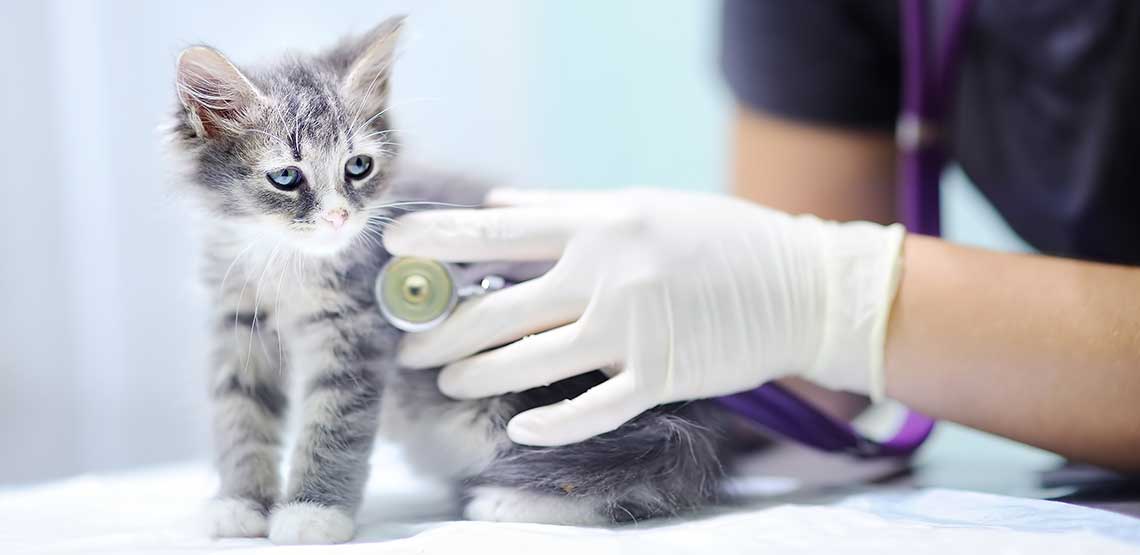What is Feline Leukemia?
Feline leukemia is a disease that strikes cats worldwide. The condition is quite common, and it is estimated that two to three percent of cats carry the virus. The very young, ill, and otherwise infection-prone cats are most likely to carry feline leukemia virus (FeLV). The easiest way to prevent your cats from acquiring feline leukemia is to keep them inside. Any time you consider bringing a new cat to your family, have it checked by your vet. Blood tests are reliable and easy ways to determine if a cat has FeLV.
Causes of Feline Leukemia
Feline leukemia, regardless of the name, is caused by a retrovirus, not unlike HIV; it is not cancer. A retrovirus produces an enzyme that allows it to insert its DNA into the cell it has infected. It is passed by mutual grooming, bites, shared litter boxes and food dishes and even nursing of kittens. Young kittens are particularly vulnerable, as they are even more likely to contract the disease. The disease cannot be passed to humans.
Feline Leukemia Symptoms
Cats infected with feline leukemia, also sometimes called cat leukemia, display common symptoms. Fatigue, weight loss and poor coat condition are the most obvious signs that something is wrong. Fevers, diarrhea and tumors develop as the disease progresses. Cats can have seizures, spontaneous abortions and constant secondary infections as they succumb to the illness.
Related Search Topics (Ads):
There are two stages of FeLV: primary viremia and secondary viremia. Some cats manage to successfully fight off the early stage of the disease, but once the cat has developed secondary viremia, there is no chance of the animal recovering fully. At that point, the bone infections associated with the illness are too well developed.
Treatment for Feline Leukemia
Feline leukemia is not curable. A cat that has progressed to secondary viremia will have the condition for the rest of its life.
Keeping infected cats indoors reduces the risk of transmitting the disease to other animals. In a household with multiple cats, the cats should be separated. Cats infected with FeLV should be spayed or neutered to prevent them having offspring born with the disease.
A healthy, balanced diet must be provided and regular visits to the vet should be scheduled every six months to keep an eye on the cat's condition. Complete blood work, urine screening and weight checks are important factors in monitoring the condition. While it is impossible to anticipate how long a cat infected with FeLV will live, many live for two to three years after diagnosis. FeLV causes a significant increase in cancerous tumors, and it's usually those plus secondary infections that end the cat's life.
